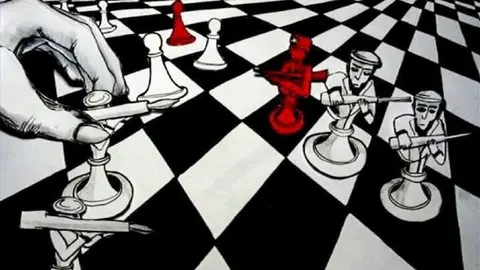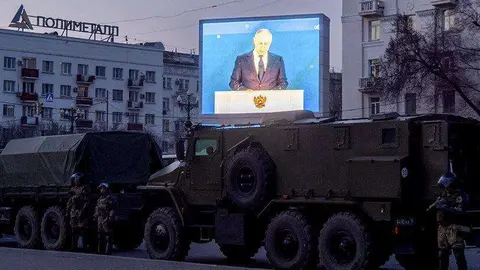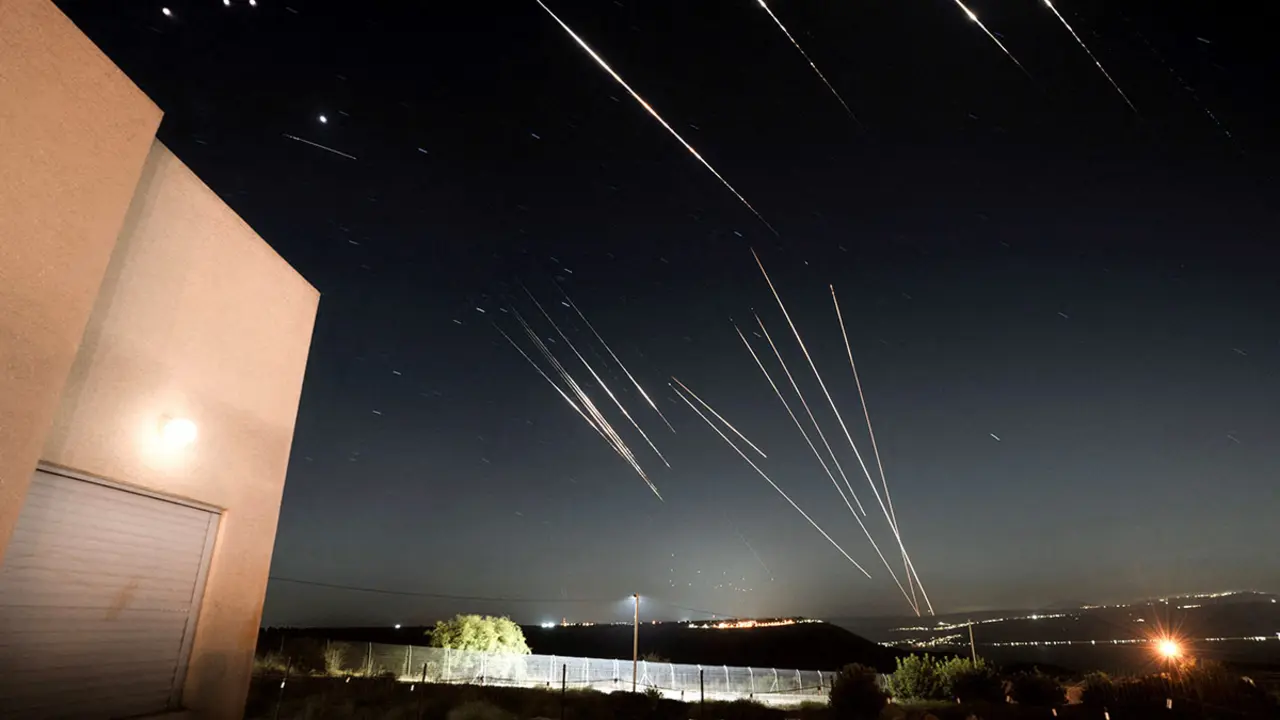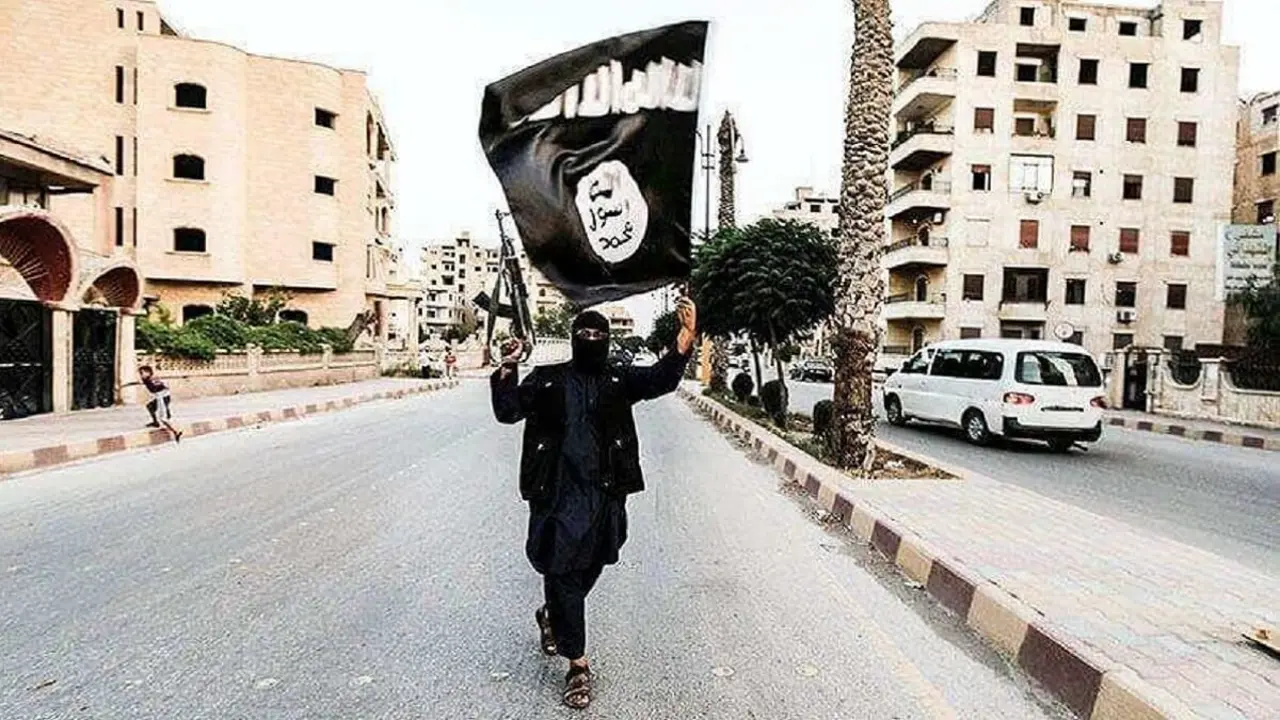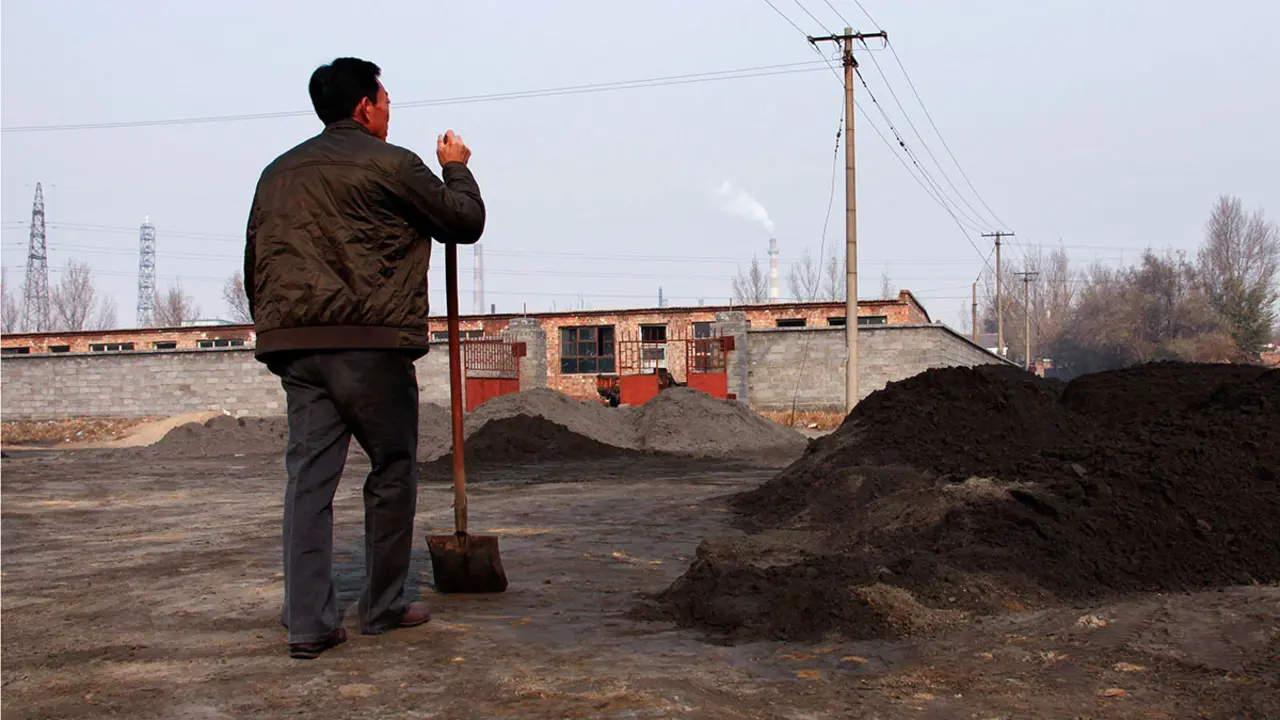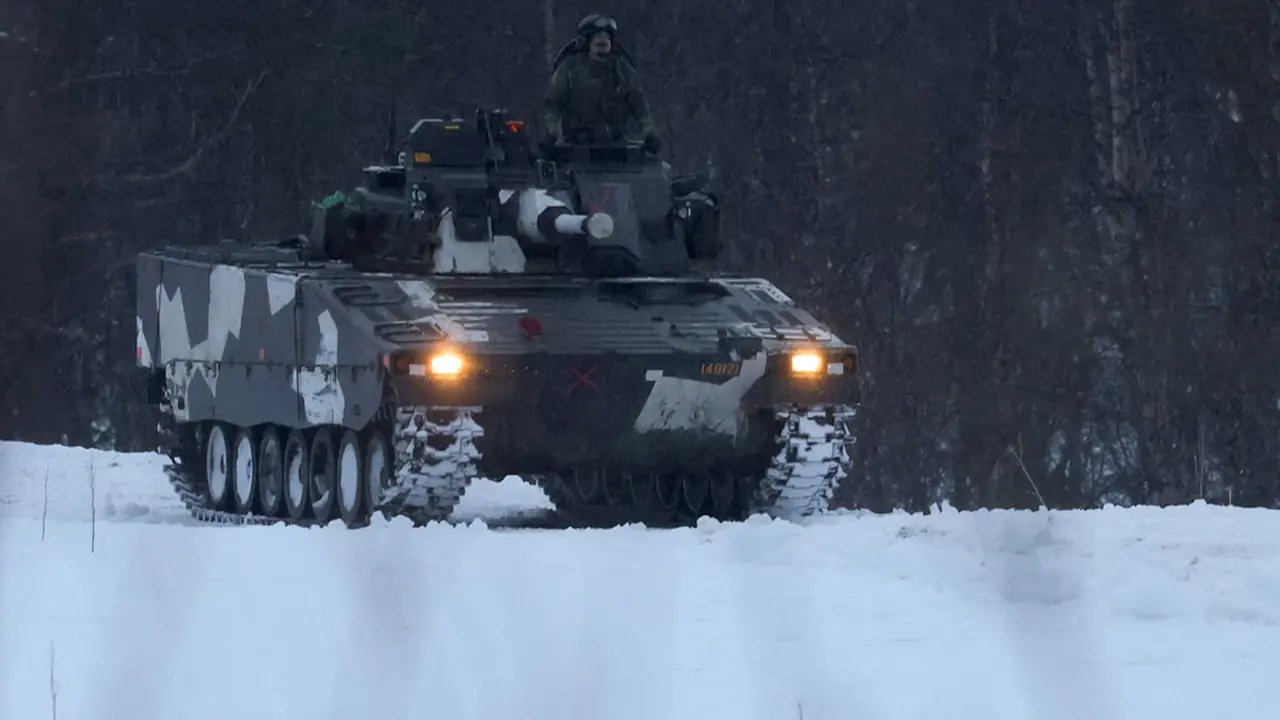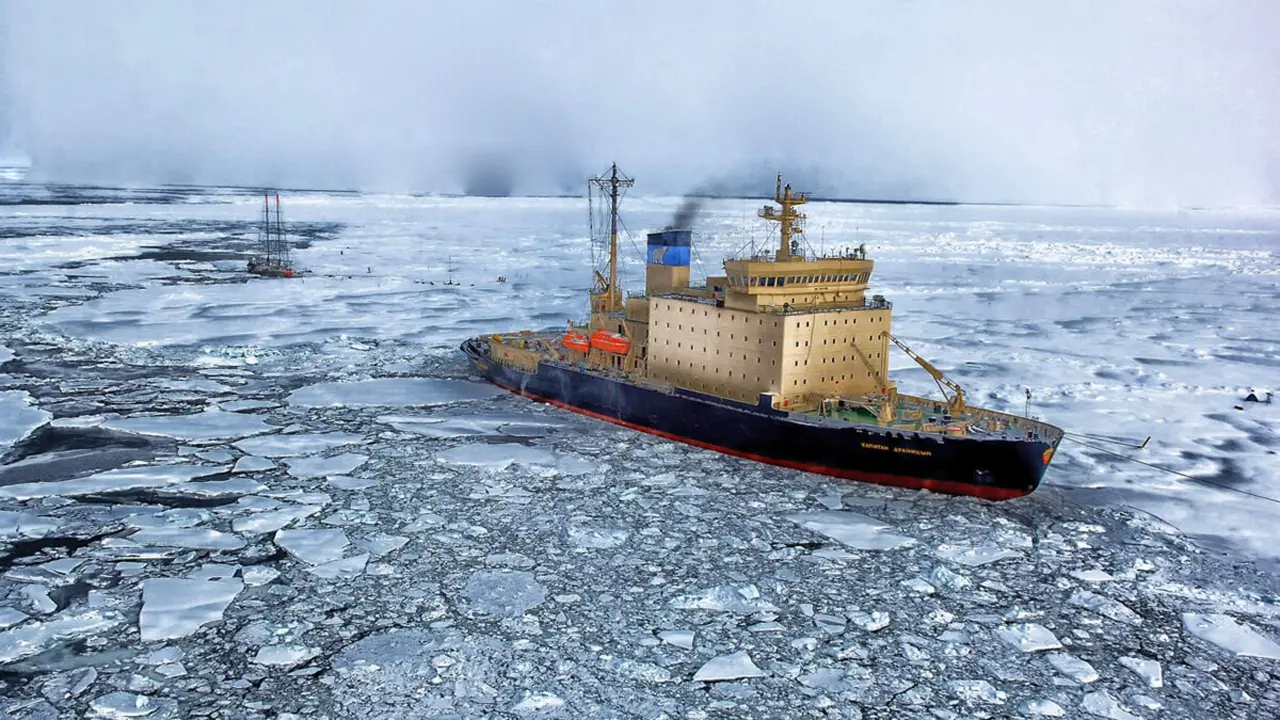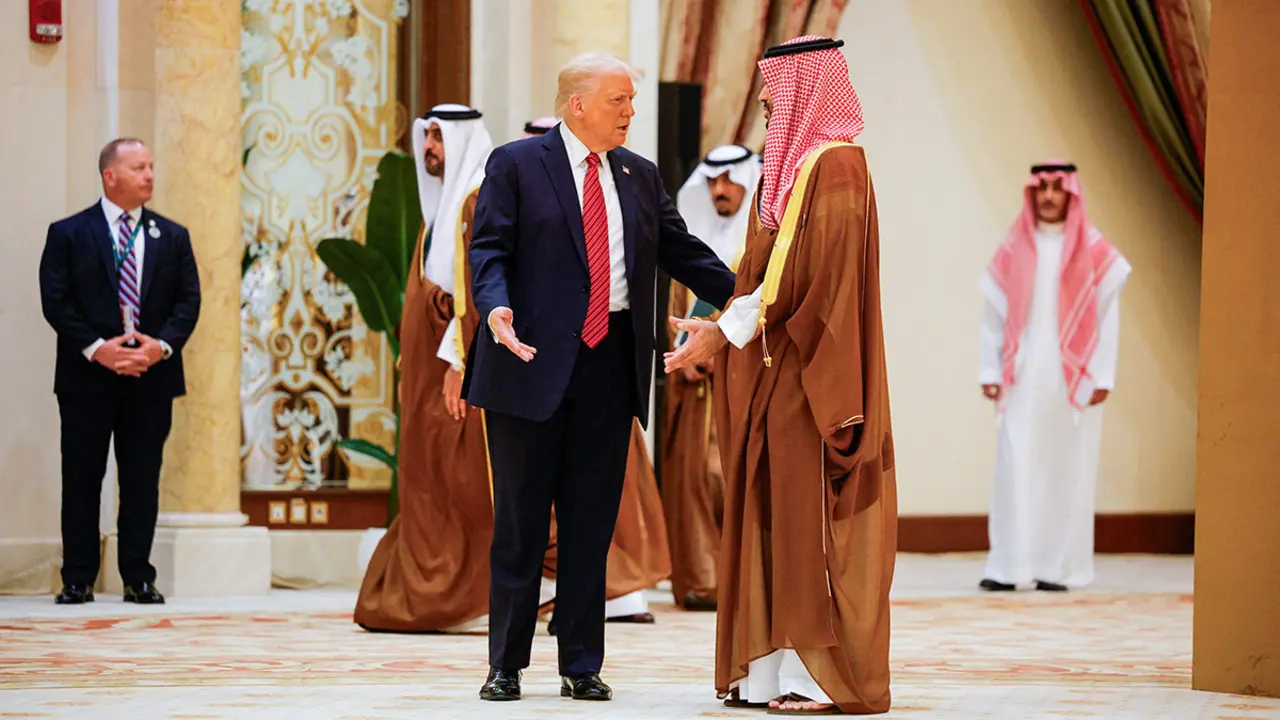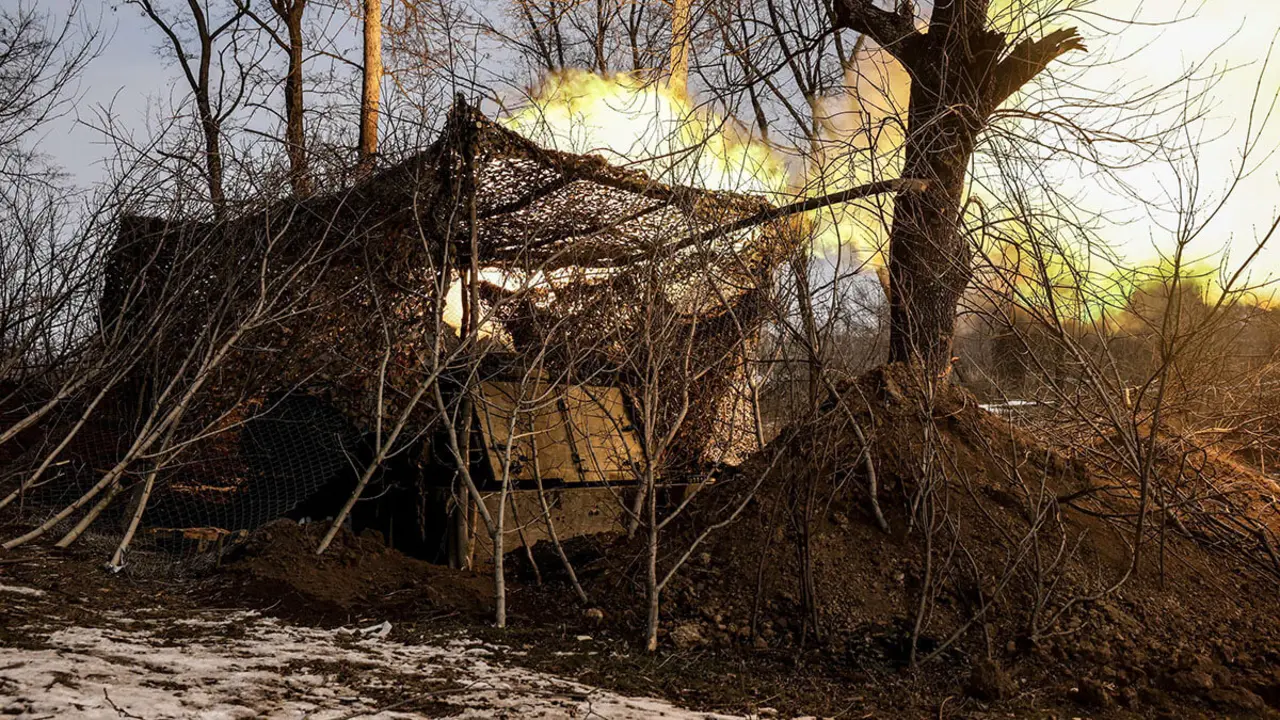Europe, the scene of the grey zone
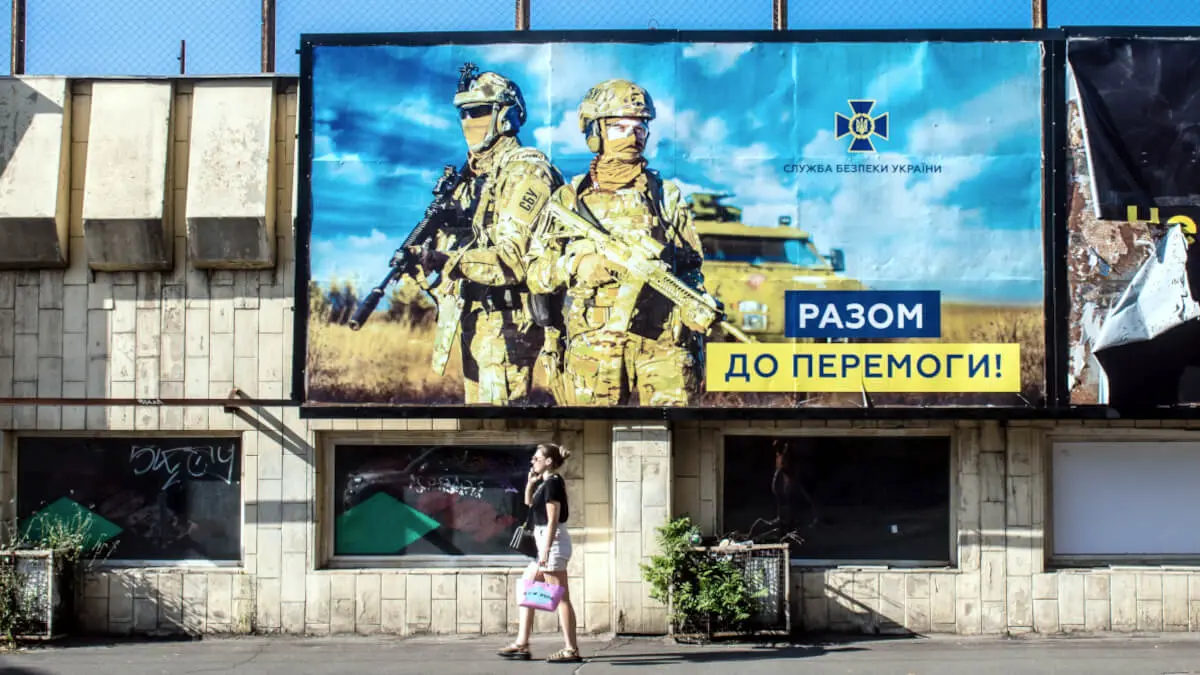
The war between Russia and Ukraine has served, among other things, to highlight and awaken interest in issues that, until not long ago, either went unnoticed by the general population because they were considered minor problems or, in the worst cases, were the result of the ‘fantasy’ of those who warned about them.
One of these issues is the concept of conflict in the grey zone, which derives directly from what has come to be known as ‘hybrid warfare’.
In recent months, both politicians and the media have described as ‘hybrid warfare’ the suspicious and surprising fires that have occurred in warehouses, in electrical installations that paralyse the activity of key airports and on board aircraft, the cutting of undersea electricity and Internet cables, GPS interference, cyber operations against critical civilian infrastructure, the physical destruction by ‘accidental causes’ of defence-related industrial complexes and accusations of influence operations and electoral interference.
So-called ‘hybrid threats’ or ‘hybrid attacks’, as well as accusations of the use of proxies to project power while attempting to conceal attribution and legal and political responsibility, are a symptom of a worrying evolution, especially in Europe. The current geopolitical environment is characterised by increased tensions between states, a militarised security environment, instability within countries, the projection of power through a range of covert and coercive measures and, on a global scale, an increasing number of armed confrontations.
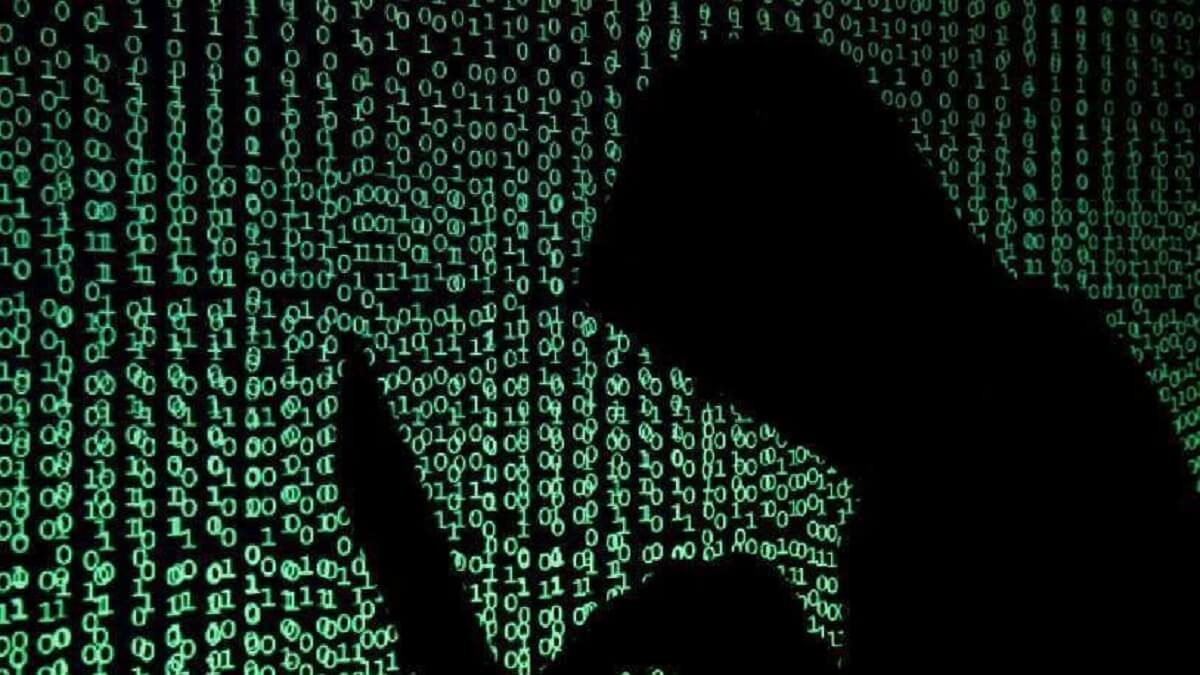
It is important to bear in mind that when we delve into the study of conflicts, despite the fact that there are those who insist on discovering all kinds of novelties, selling them as decisive innovations, in general, as the saying goes, ‘there is nothing new under the sun’. And unfortunately, when it comes to killing or attacking one's fellow man, man has already applied almost every possible form. What we can observe, however, is the adaptation of the old ways of waging war to the characteristics or specificities of the moment in question, with its technological advances, its cultural differences, its changing morality or new norms. Because we must not forget that even war has its rules, although sometimes, for some combatants, or for all of them, to a greater or lesser degree, they are little more than a reference.
The concept of the ‘grey zone’ has gained relevance in the current geopolitical landscape, largely due to the invaluable help of the media loudspeaker, always eager for novelty. By way of summary, this idea can be described as an ambiguous space between situations of peace and war. However, we cannot be so simplistic, and the current situation requires us to devote some more time and attention to it.
At a time when geopolitical tension is constantly growing in different areas, terms such as ‘hybrid threats’, ‘grey zone’ and ‘proxy war’ are frequently used to describe operations that we might consider indeterminate or unclear, referring to the fact that they straddle the boundaries between peace and armed conflict or that the real or self-imposed impossibility of their attribution keeps them in that limbo that we have called the ‘grey zone’. From cyber-attacks against civilian infrastructure to the destruction of undersea cables, including the ‘accidental’ damage or destruction of facilities belonging to critical companies in sectors such as energy or defence, these acts, which are also often described as ‘hybrid warfare’ actions, raise many questions about their legal and political implications.
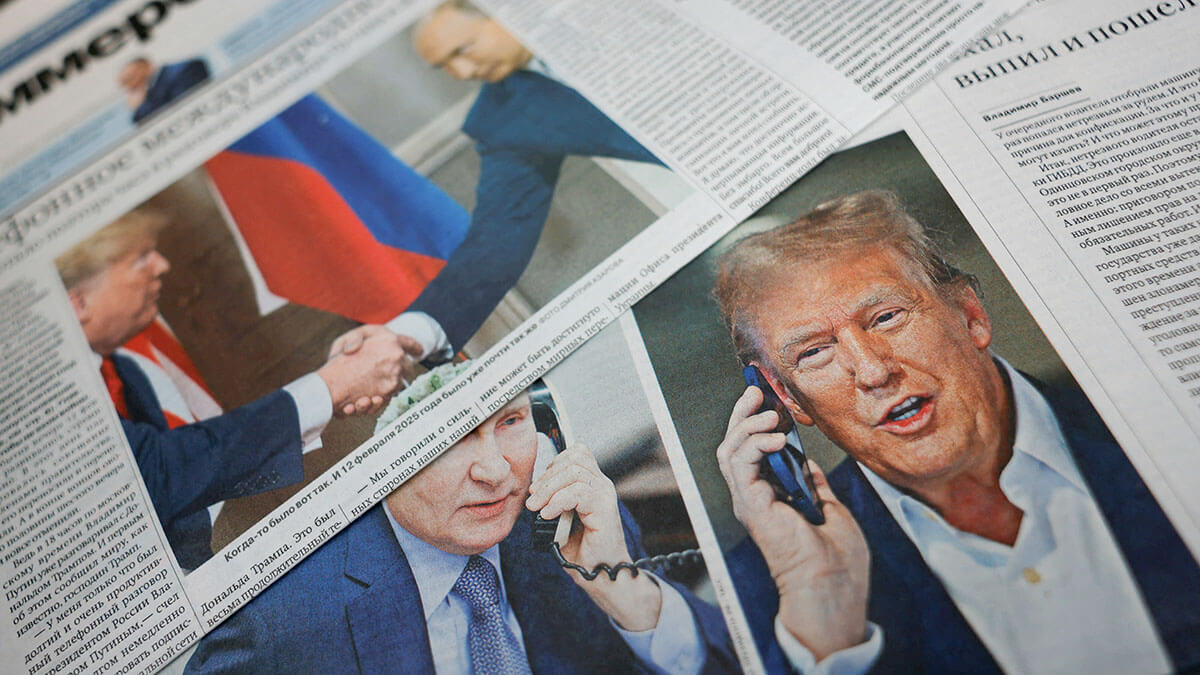
To understand what we are referring to, it is important to define what the grey zone is. This concept is defined as the space of confrontation between two actors, whether state or non-state, which is below the threshold of declared war, but above normal and peaceful competition.
From the previous paragraph we have to draw a very important conclusion: it is not only states that operate in the grey zone. There are other actors that have the necessary capabilities and are in fact doing so, although we will focus on state figures.

The essential characteristics of actions in this area are as follows:
- Ambiguity: actions in the grey zone are often ambiguous, helping to blur or make the line between peace and war difficult to distinguish.
- Gradualism: actions are developed in an escalating manner, not seeking to deal a decisive and definitive blow. The aim is to gradually increase the severity of the effects of the different actions.
- Denial: a key maxim is that the different actors will always deny, at least publicly and openly, direct participation in the actions. This uncertainty, although in a way surrounded by certainty, is one of the most effective effects sought.
- Multidimensionality: actions in the grey zone are carried out in all domains, land, sea, cognitive, etc., as well as in all areas: military, economic, political...
- Long-term objectives: actions carried out in this field are always aimed at achieving long-term objectives.

As has already been pointed out, conflicts in the grey zone do not necessarily have to be carried out by state actors, although we are focusing on them at the moment and, as is to be expected, on a very specific one. However, the motivations are not so different from one another. These can be very varied, but we are going to list some of the most common:
- The search for territorial expansion or an increase in geopolitical influence: in this case, this would not be achieved by operating in the grey area alone, but the actions would aim to prepare the ground and ‘soften up’ the adversary, even influencing its population to create the optimal conditions that would allow for faster and more effective actions in traditional domains.
- Destabilising an adversary: the purpose of this type of action may be to attack the social or political bases of a country or society, rather than physical or material damage, in such a way that they cease to be a feasible enemy, or place them in a position where they can be manipulated.
- Protecting economic or strategic interests: if certain actions damage the industrial or productive fabric of an adversary in such a way that it has an impact on its economy, the attacker may aim to gain control of its markets or access to resources.
- Promoting an ideology or narrative: actions in the grey zone, especially those of influence, usually aim to act through the use of related groups to disseminate messages that support certain ideologies, either to influence the political life of the adversary, to position their society for or against certain issues (nuclear energy for example) that end up having a greater impact in other spheres such as the economic sphere, or to reinforce their own image, either in general or in relation to a specific event.
If we look closely at these causes we will see how they are all related in a way; they are not mutually exclusive.
In the following point we will relate some specific types of actions, and the important thing is that, if we look around us, they should make us think. Because not everything that happens is accidental, and we are not saying this with the intention of being ‘conspiracy theorists’, a term that is so fashionable nowadays, but with the intention of making reality known. And above all, that we understand two things. Firstly, that even if the bullets stop whistling in Eastern Europe, that does not mean that the conflict is over and that Russia, the cause of this war and a true master of operating in the grey zone, has given up all hope and buried its aspirations. It will continue to pursue them, but in a different way. And secondly, that Russia is not the only one operating in this area.
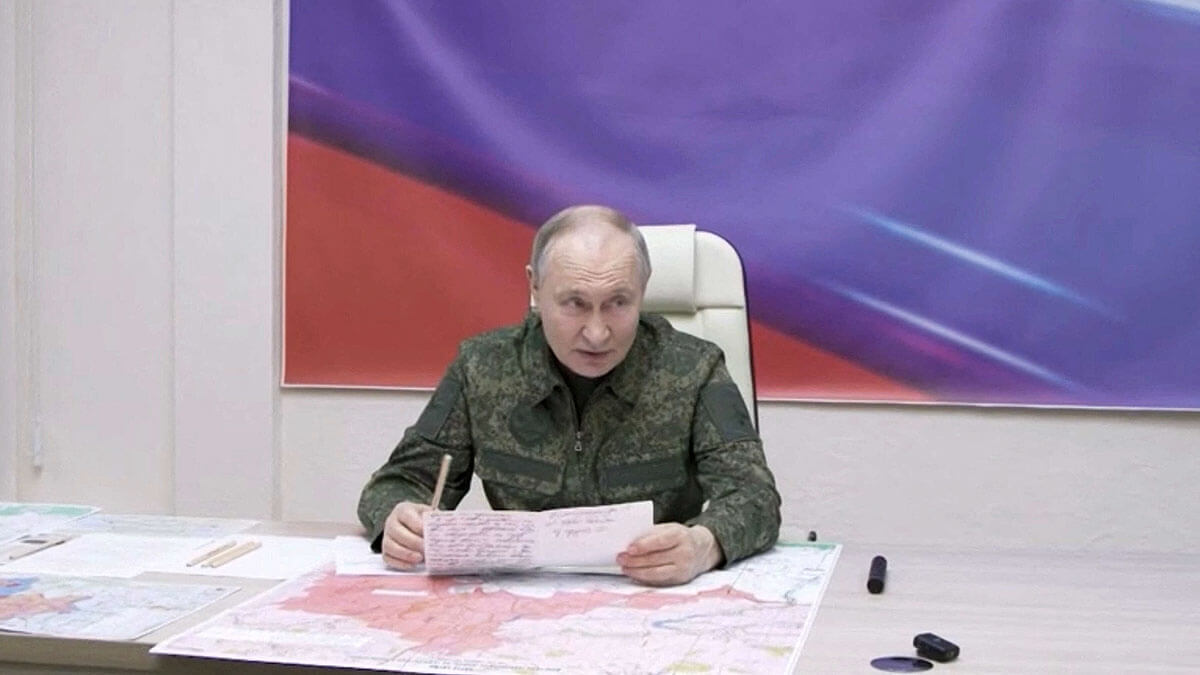
The most common actions in the grey zone tend to be:
- Cyberattacks: this field is practically infinite, and we can find everything from attacks on critical infrastructures that cause interruptions in basic supplies generating chaos to the theft of data and intellectual property that can later be used for influence operations, blackmail, operations of classic intelligence sources or even to obtain funds with which to finance other operations.
- Information Operations (INFOOPS): we are all aware of the countless disinformation campaigns on social networks, spreading fake news, half-truths, in short, disrupting real information with the aim of manipulating public opinion. Advances in Artificial Intelligence mean that the possibilities in this area are increasing and becoming more difficult to identify. This includes, of course, attacks on conventional media to undermine their credibility. However, and although social networks are a very easy way to carry out these campaigns, we should not think that they are only orchestrated through these channels. Any medium that allows us to disseminate information is susceptible to being used. This is why the financing of the media is common, as well as the use of certain think tanks and experts to generate reports and analyses that support the interests of a state or non-state actor.
- Economic pressure actions: from the imposition of sanctions on countries or individuals to the denial of access to certain services for a variety of reasons, with the aim of influencing their behaviour. We can also observe actions to influence markets or directly manipulate them, targeting specific companies or even the economic structure of a state. And within these we can include the chapter on strategic investments in key sectors through third parties, in such a way that once again influence or control over key assets for the economy, industry, politics or even defence is obtained.
- Covert support for non-state actors: this type of action is nothing new. The Soviet Union used it frequently during the Cold War. What's more, some readers will find it familiar because of the proximity in time of some of these actions. They can include support for rebel, terrorist or separatist groups, providing them with financial, military or logistical support, always with the aim of destabilising a country. Support for criminal organisations is also common. Illegal activities such as drug or arms trafficking are also very useful vectors for provoking discontent and tensions, influencing society... in short, making it totter and, on more than a few occasions, obtaining financing for other activities. In this way, it is always much more difficult to identify who is behind it.
- Sabotage operations: these more direct actions seek to have an impact on the media and to damage certain productive sectors or critical infrastructures, again seeking to create chaos and discontent.
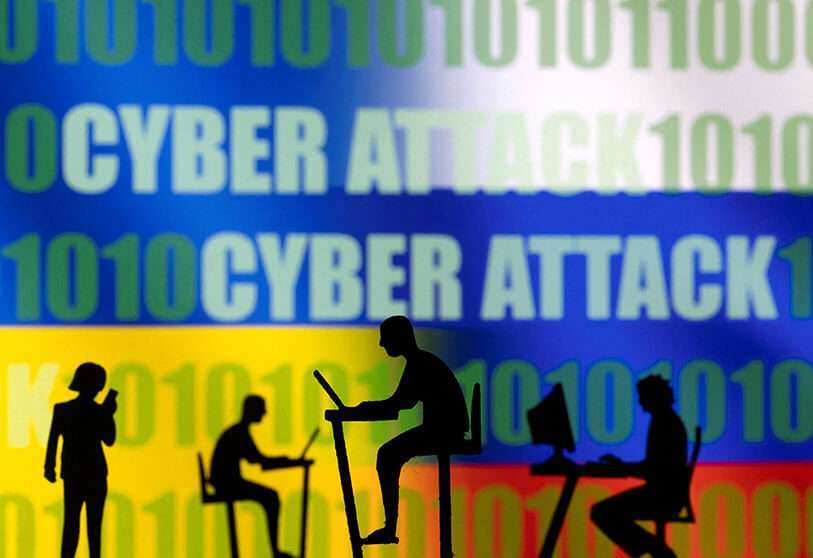
As we can see, we are all familiar with the whole range of actions mentioned above, and they all have a common element, fundamental for operating in the grey area: plausible deniability. It is about the almost total impossibility of attributing them to a real author. And, even if this attribution is somehow possible, the victim cannot recognise it, because to do so would be to oblige them to take retaliatory actions that could lead to an escalation that, in view of the original action, could be seen as disproportionate. It is obviously a very dangerous game, but that is precisely where it gets its name from, from that lack of definition that makes you ‘play’, to use a footballing term, ‘on the wing’.
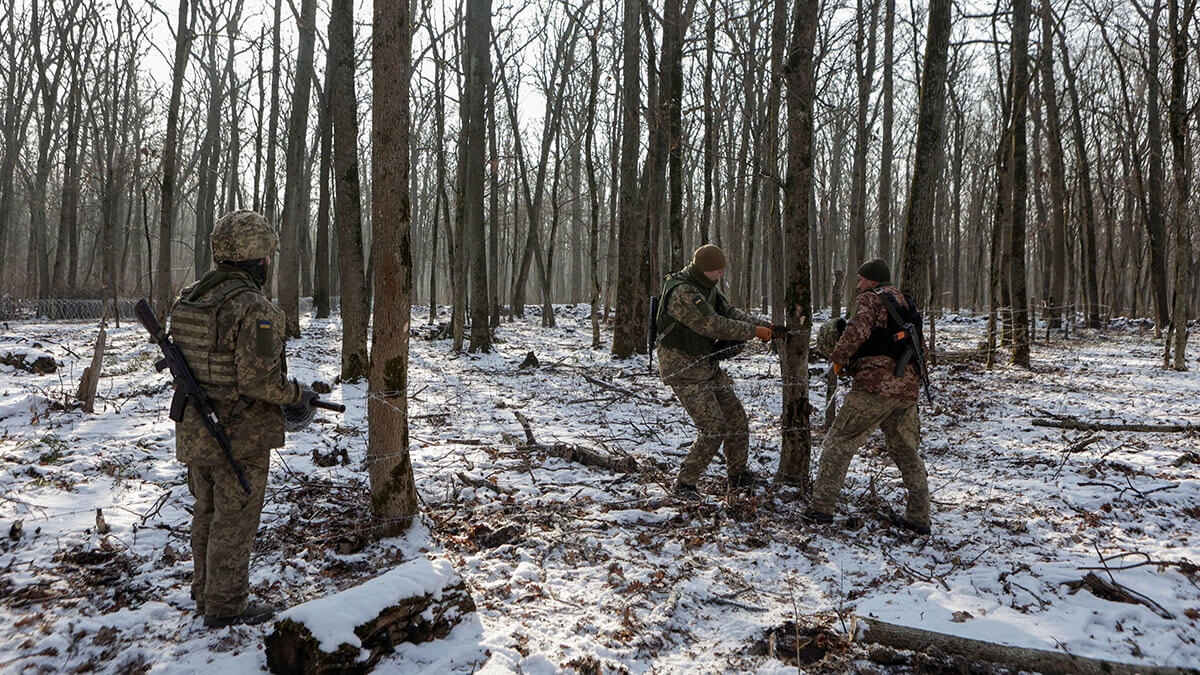
The important thing, we must emphasise once again, is that we look around us with a broader view, trying to understand that when a major state actor like Russia does not achieve its objectives in one way, it will always look for an alternative and that, even if for now direct confrontation is not an option, it will not hesitate to continue acting to create the right conditions that will allow it to reach that clash in very advantageous conditions. The new defence and security policy being considered in Europe, if we manage to make it happen, will be very positive, but we must be prepared for the struggle in that grey area, a struggle which, as many will have realised while reading this, has already been going on for some time and which no one, no country, company, media outlet or individual can ignore.


